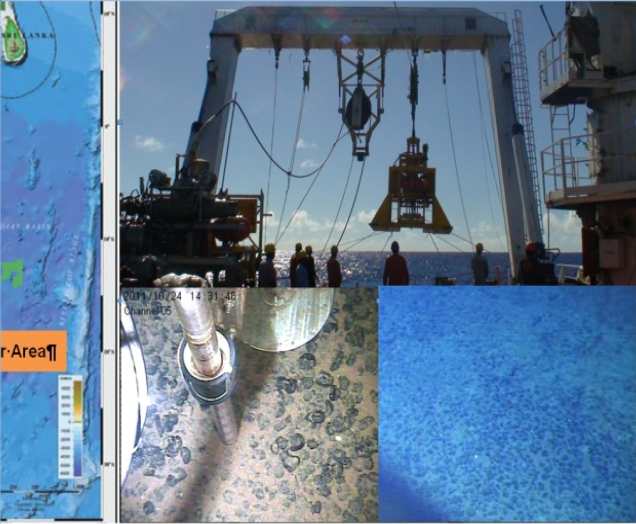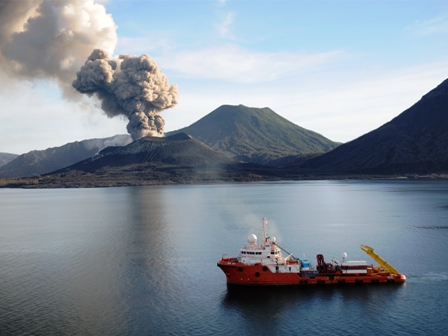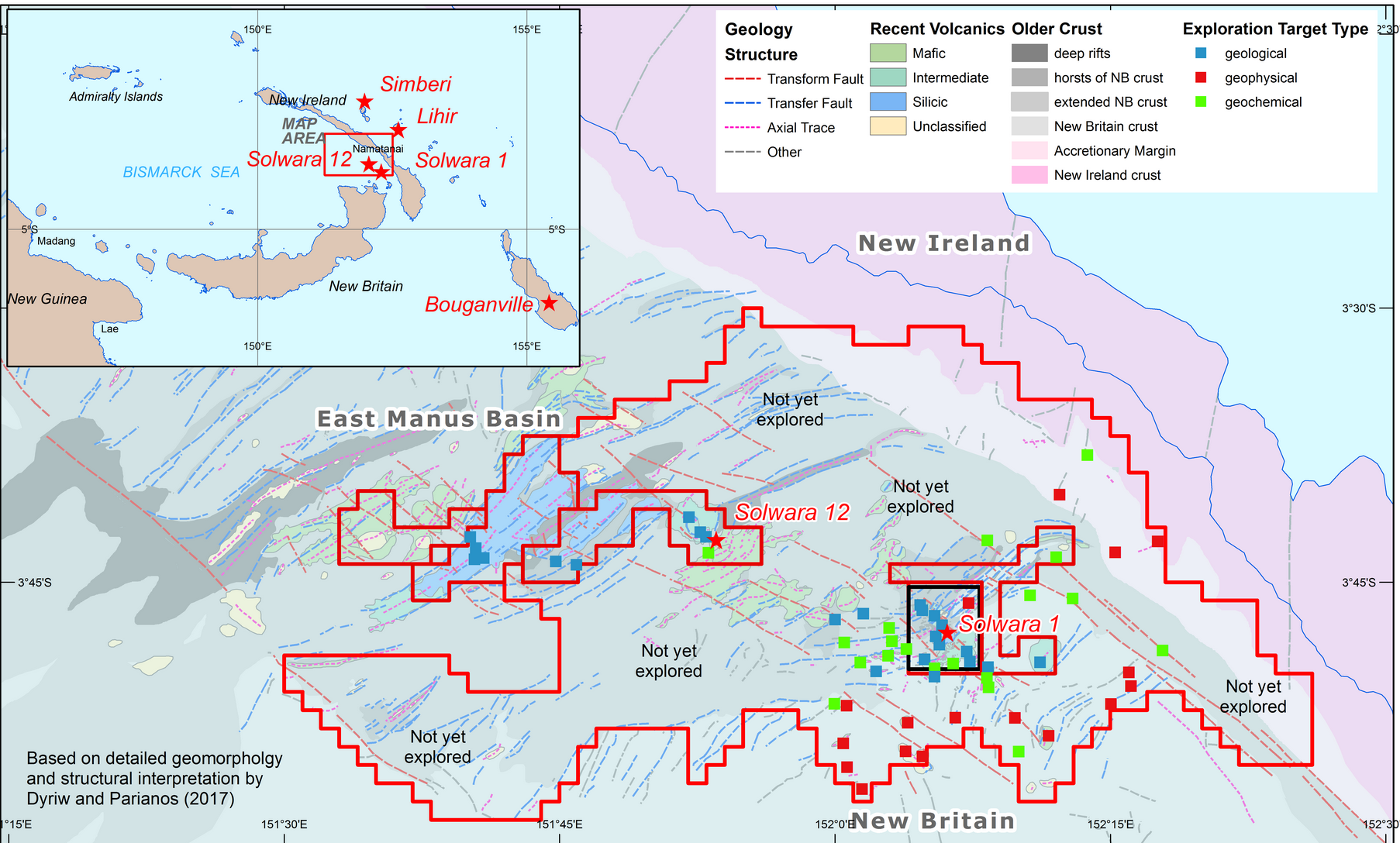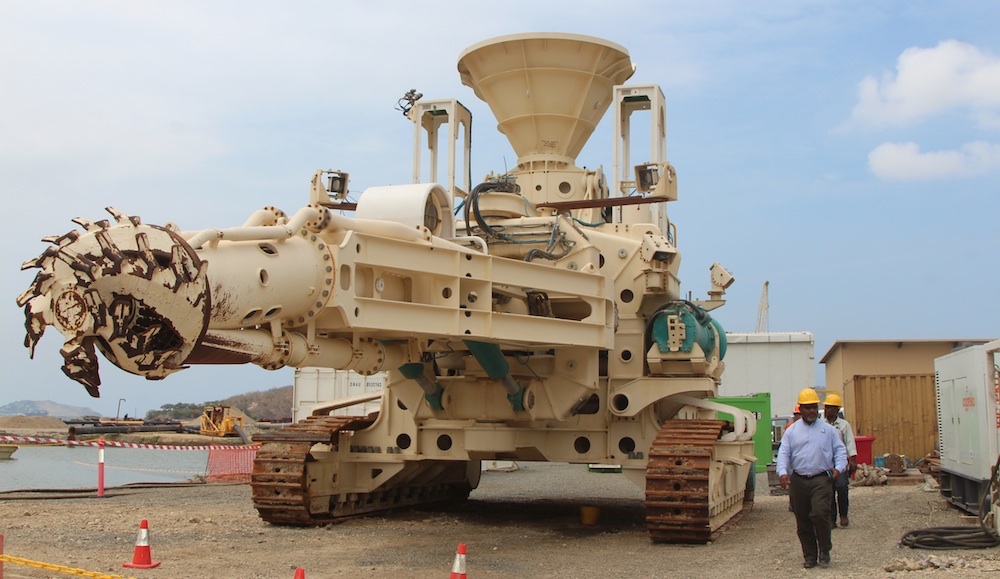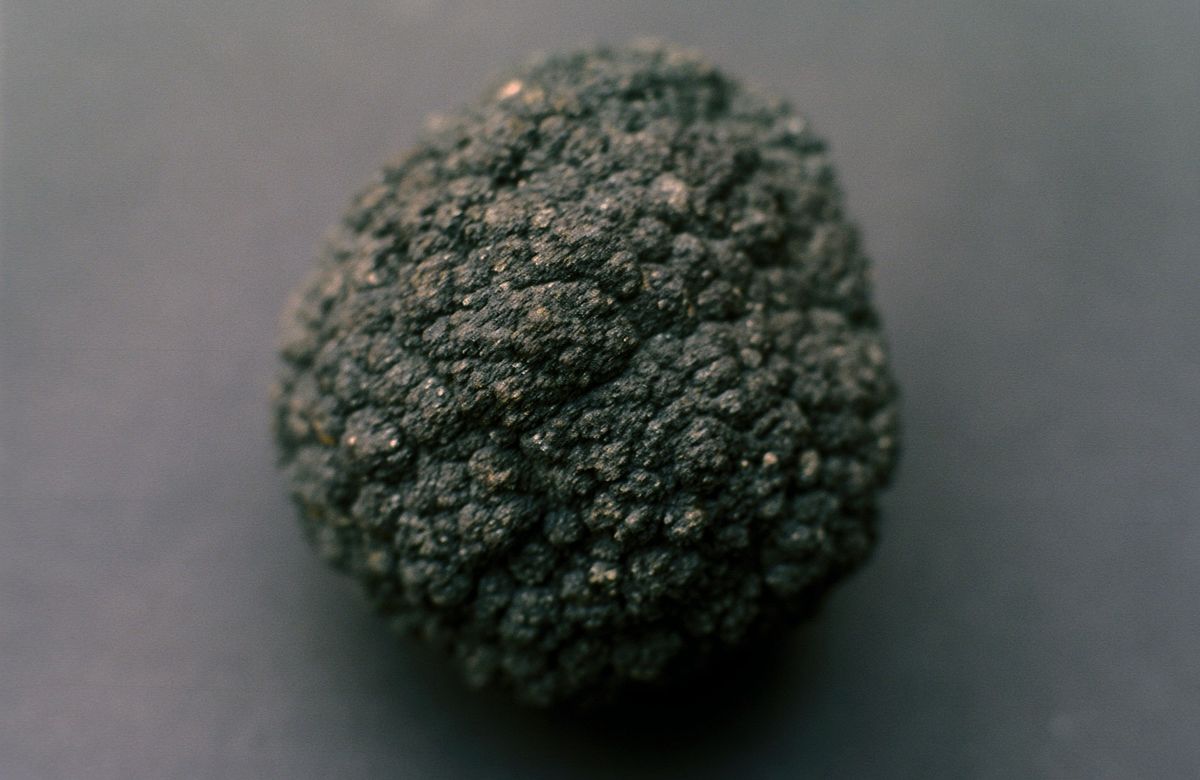India is in the midst of developing deep-sea mining systems to meet the growing demand for the minerals necessary in the production of next-generation technologies. This program is part of India’s Deep Ocean Mission to dramatically expand the country’s capacity to explore and exploit the deep sea both within India’s EEZ and in the Area beyond. These emerging Blue Economy industries will play a central role as India’s economy expands.
Constructing a machine capable of operating at the extreme depths where nodules form is no small tasks. While several contractors are making progress towards production, 2019 saw many technical setbacks and no contractor has yet been able to demonstrate effective nodule collection at the scales necessary for commercial production. The National Institute of Ocean Technology in Chennai has partnered with Russia’s Krylov State Research Centre to develop the machines, technologies, and skills necessary to exploit minerals in the deep Indian Ocean. NIOT and Krylov hope that by sharing their collective experience through this partnership, they can accelerate the development process.
India currently has a crawler-style vehicle designed to function at 6000 meters, though it has only been tested at a little less than 900 meters depth. NIOT plans to have a nodule-collecting crawler ready to test at depth by early 2020.
India is not the only contractor in the midst of hardware testing. GSR tested its Patania II mining machine in the Clarion-Clipperton Zone earlier in 2019, with mixed results, and Royal IHC recently completed plume study trials of its Apollo II nodule collector in the Gulf of Malaga.
In addition to robotic assets designed to draw potato-sized nodules from the deep sea floor, India has also committed to developing human occupied submersible assets to carry 3 researchers to the bottom of the ocean. The Samudrayaan submersible will be a 6000-meter rated human-occupied vehicle capable of reaching the areas slated for deep sea mining as well as explore deep waters throughout the Indian Ocean. Unlike other submersibles the Samudrayaan will be expected to have a 72-hour endurance. Current deep-diving submersibles generally only stay underwater for 12 hours.
The Samudrayaan is expected to enter service as early as later 2021. Only three other submersibles, Japan’s Shinkai 6000, China’s Jiaolong, and France’s Nautile are capable of diving to 6000 meters. Unlike other current deep sea submersibles, and hearkening back to the United State’s NR-1, the Samudrayaan is expected to have crawler capabilities, allowing pilots to drive along the seafloor when necessary.
Currently the Government of India has two deep-sea mining exploration licenses issued by the International Seabed Authority for lease block in the Indian Ocean: one for polymetallic nodule deposits south of India’s exclusive economic zone and one for seafloor massive sulphides on the Central Indian Ridge.
Featured Photo: Nodules at 5462 m depth in India’s Pioneer Area.
